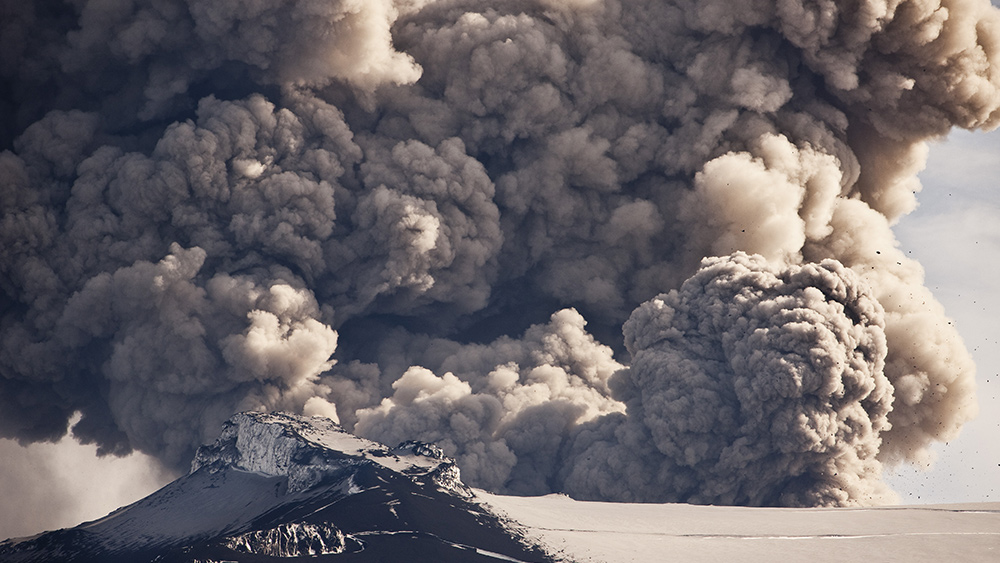
Nonetheless, taking the time to notice the amazing way in which Mother Nature has been designed is both rewarding and humbling. Focusing on nature helps us to remember how insignificant humans really are in the overall scale of the universe, reminds us that despite humans’ best efforts our planet runs like a well-oiled machine, and warns us that continued human interference undermines the proper functioning of these wonderful natural systems.
One example of this perfect design is the way in which apparently insignificant seaweed traps carbon dioxide (CO?), permanently removing it from the atmosphere.
How slimy seaweed removes excess carbon dioxide from the atmosphere
As reported by Science Daily, most of us are familiar with the seaweed that is commonly found in the ocean or on the shoreline. But few of us realize the important job seaweed performs for our planet. (Related: Seaweed forests hold key to overcoming antibiotic resistance, says study.)
Recently, researchers from Florida State University and colleagues from Plymouth Marine Laboratory in the United Kingdom, examined the role of seaweed in removing CO? from the atmosphere by absorbing it, processing it and trapping it in the ocean floor.
"Seaweeds have been ignored in the 'blue carbon' storage literature in favor of seagrasses and mangroves, which physically trap carbon from sediments and their own biomass in root structures," noted assistant professor of biological science, Sophie McCoy. "Macroalgae are also often overlooked by oceanographers who study the carbon cycle, as their high productivity occurs close to shore and has been thought to stay and cycle locally."
Science Daily reported:
In designing the study, researchers suspected that the high productivity and huge amount of seasonal biomass of annual algae would provide carbon subsidies farther offshore than typically considered, and that these subsidies would be important to benthic food webs there.
The research confirmed their suspicions in this regard, and also revealed that this same process results in the burial of seaweed carbon in ocean sediment. The researchers were able to determine that each square meter of sediment in the ocean traps 8.75 grams of macroalgae each year.
Science Daily explained further:
Blue carbon is the carbon captured in marine systems both through photosynthesis and then by trapping it in the seafloor. Researchers sequenced environmental DNA and modeled stable isotope data for over a year off the coast of Plymouth, England. Through this, they found that seaweed debris was an important part of the food web for marine organisms and that much of that debris was ultimately stored in sediments or entered the food web on the seafloor.
The researchers believe that their study reveals not only the important role seaweed plays in the food web, but also emphasizes the negative effects on atmospheric carbon dioxide when human activities impact seaweed and the seafloor. (Related: Seaweed -- Age-old new food and fuel of the future.)
Jeroen Ingels, a researcher at the FSU Coastal and Marine Laboratory, warns, “The human activities that are impacting macroalgae and sediment habitats and their interstitial animals are undermining the potential for these systems to mitigate climate change by affecting their potential to take up and cycle carbon.” He added, “The study really illustrates in a new way how seaweed and subsequently benthic animals can contribute in a significant way to blue carbon."
We truly are surrounded by the most incredibly complex, perfectly designed systems that sustain life for all of Earth’s inhabitants. All we as humans need to learn to do is to leave well enough alone and stop harming our beautiful planet. Learn more about climate science at ClimateScienceNews.com.
Sources include:
Please contact us for more information.























